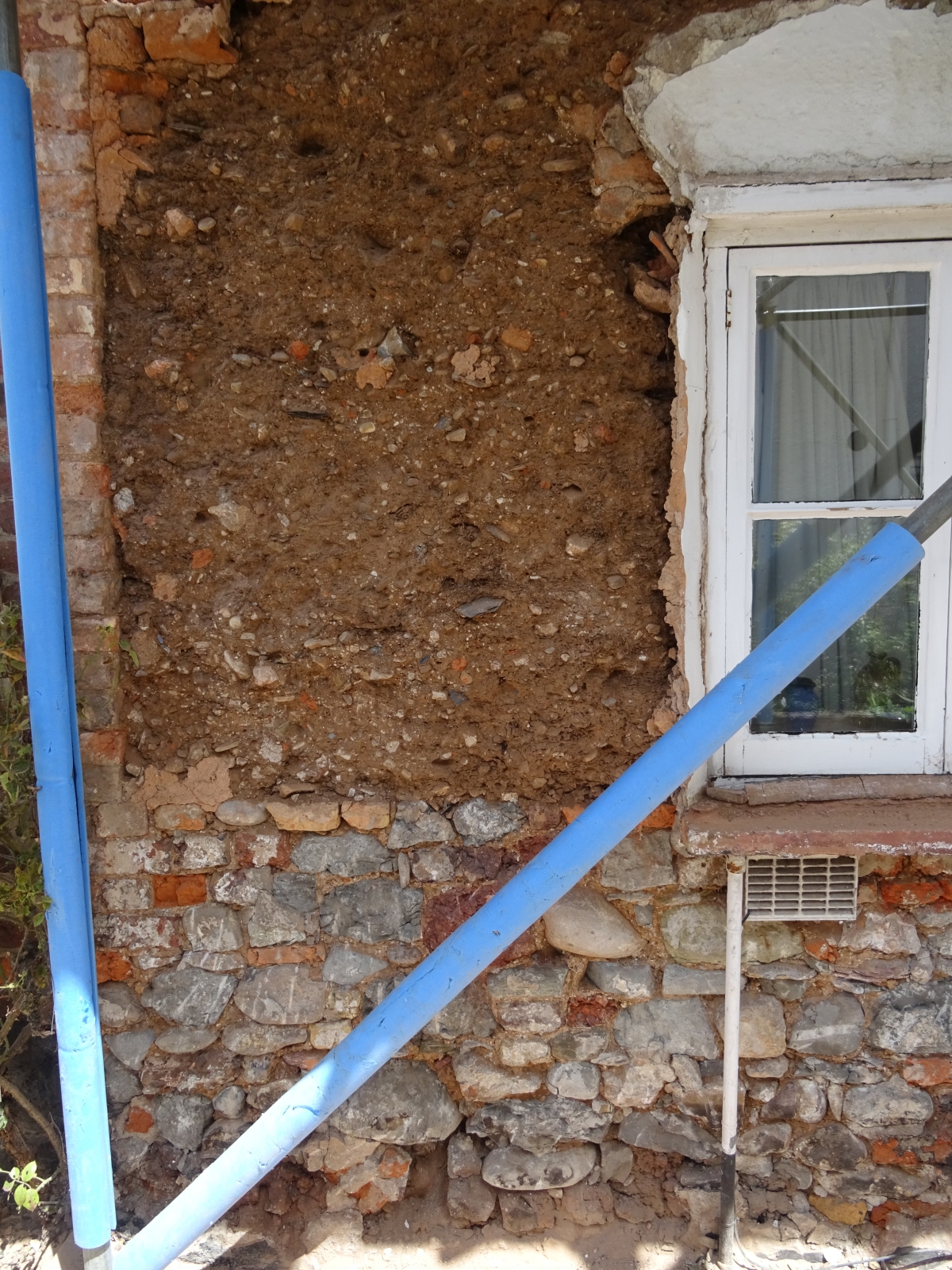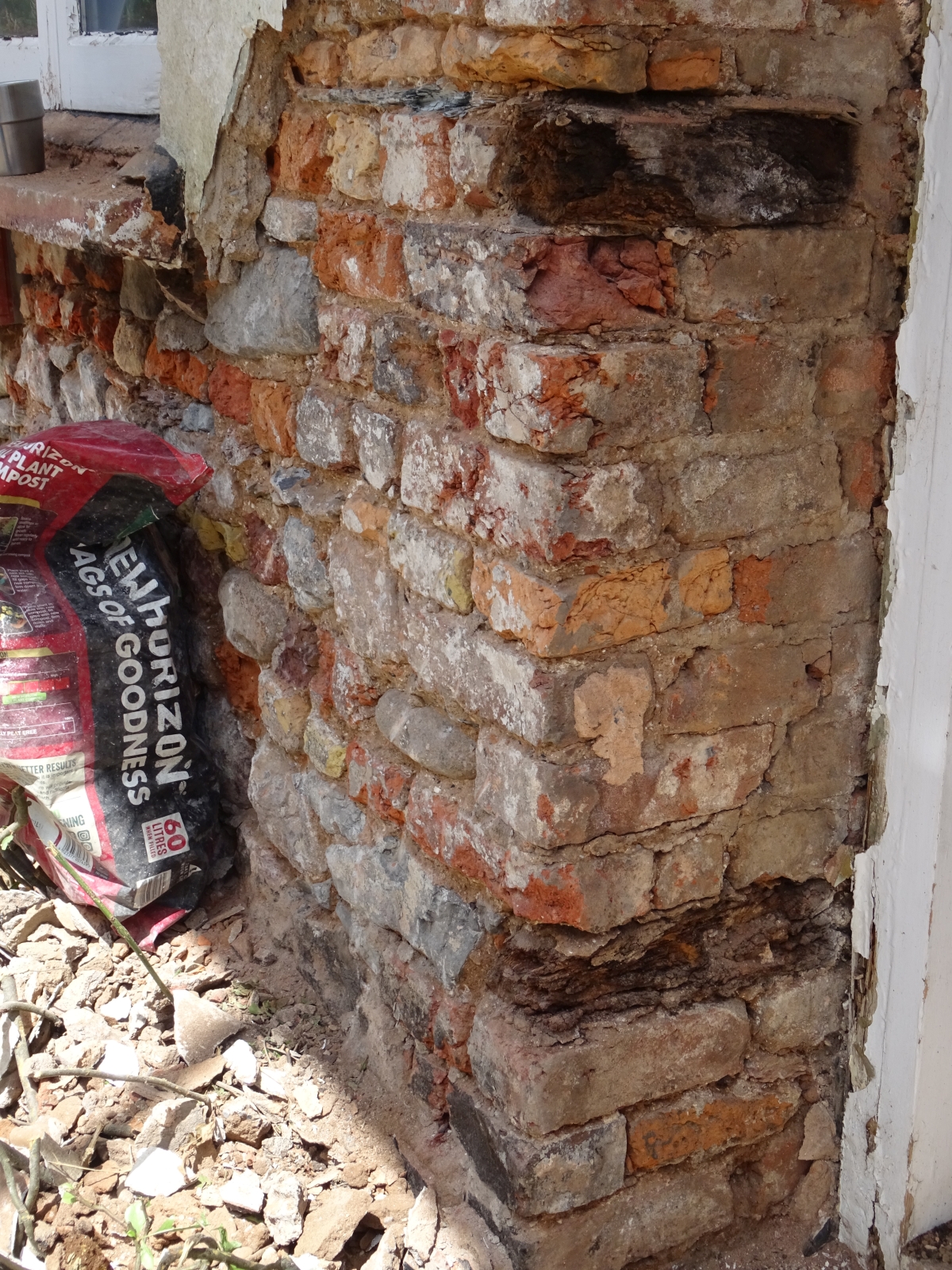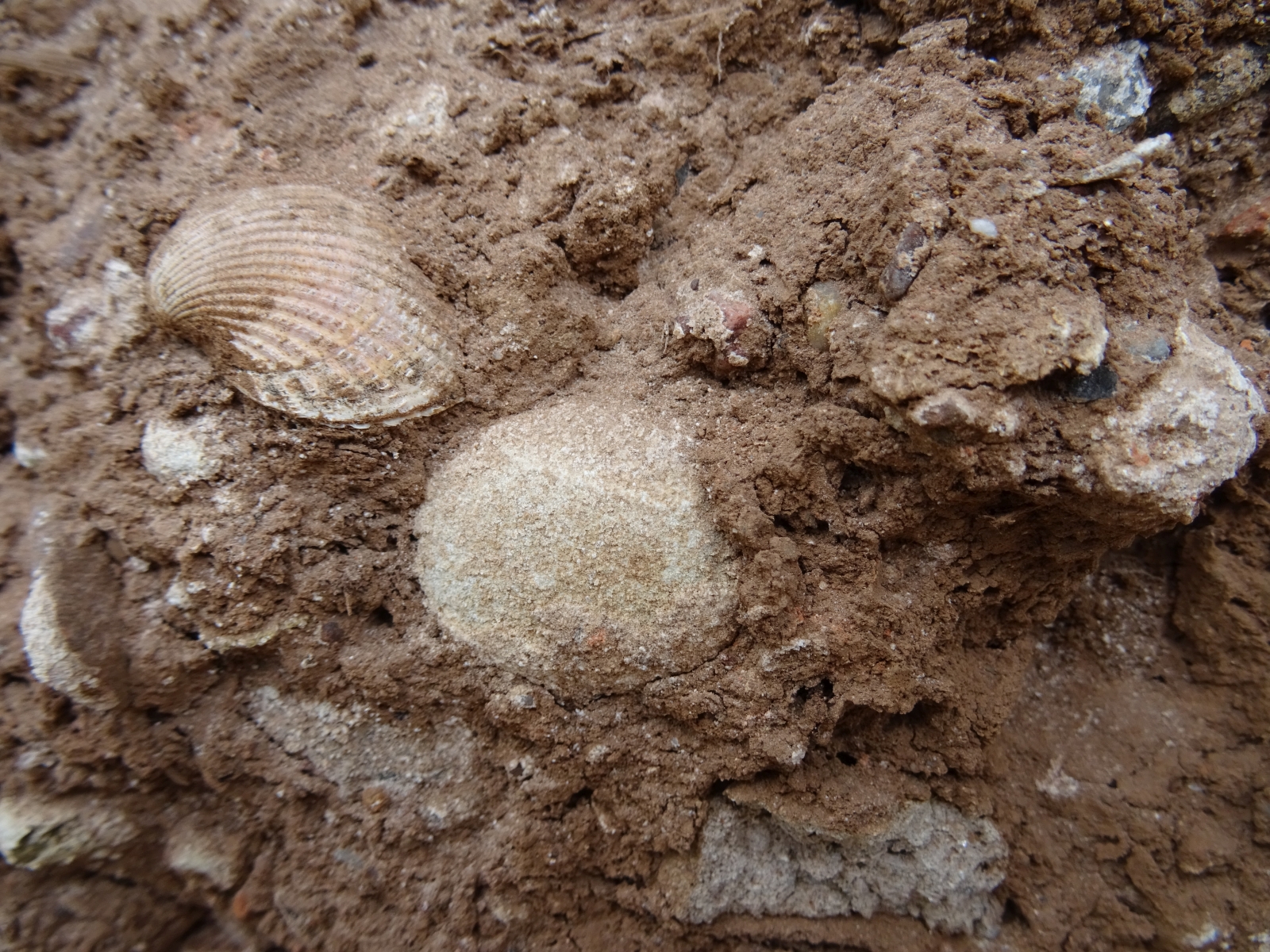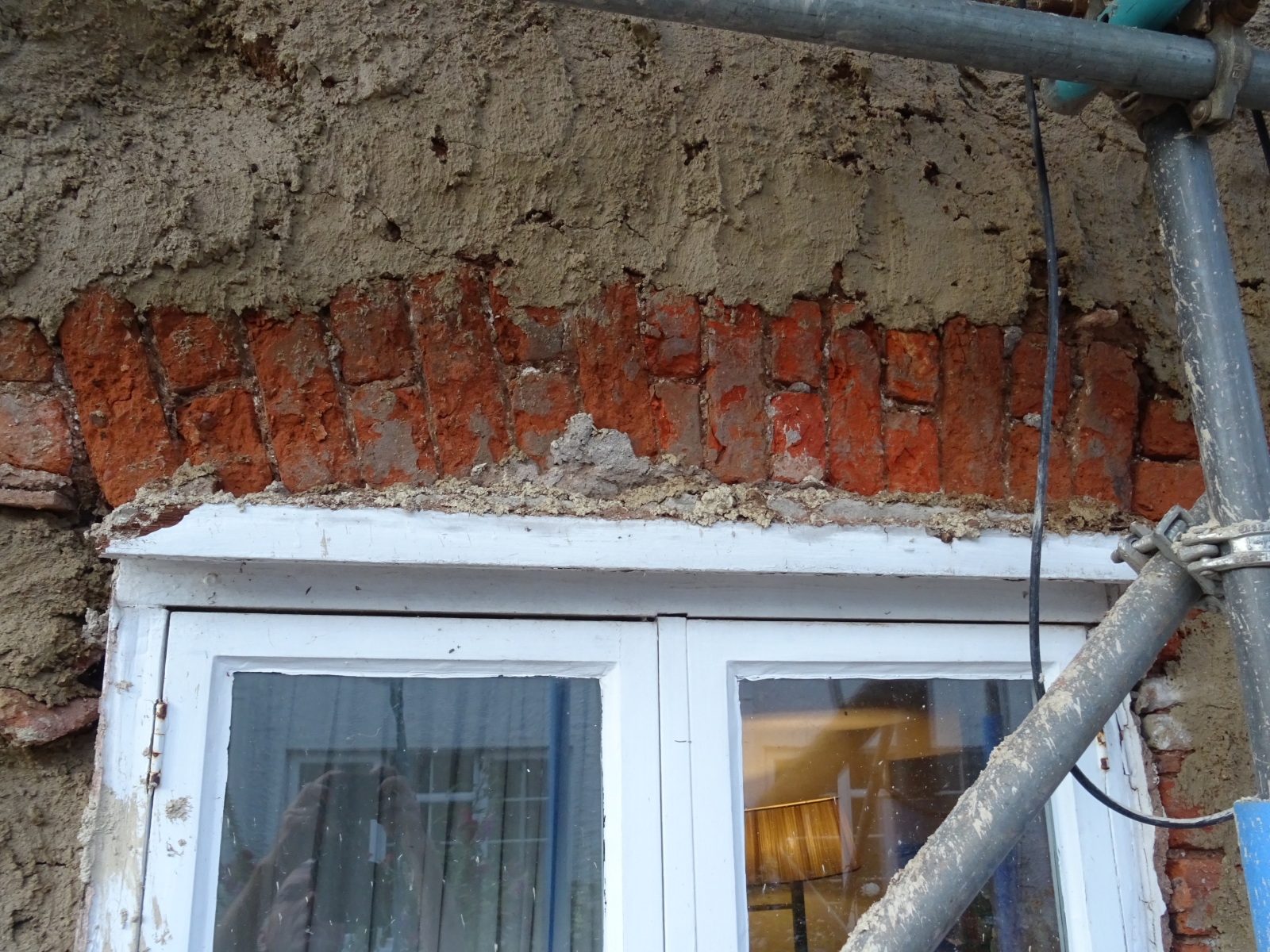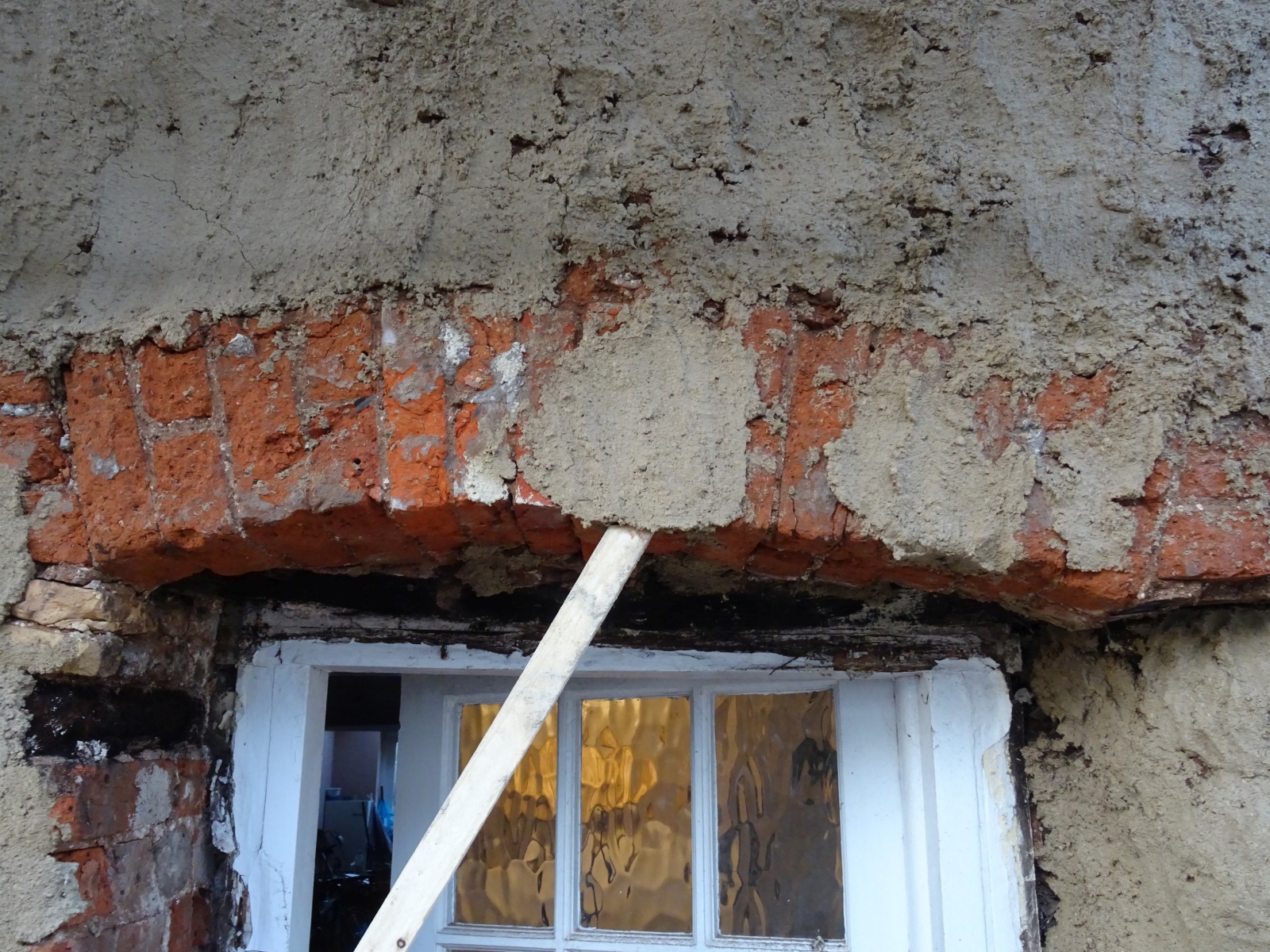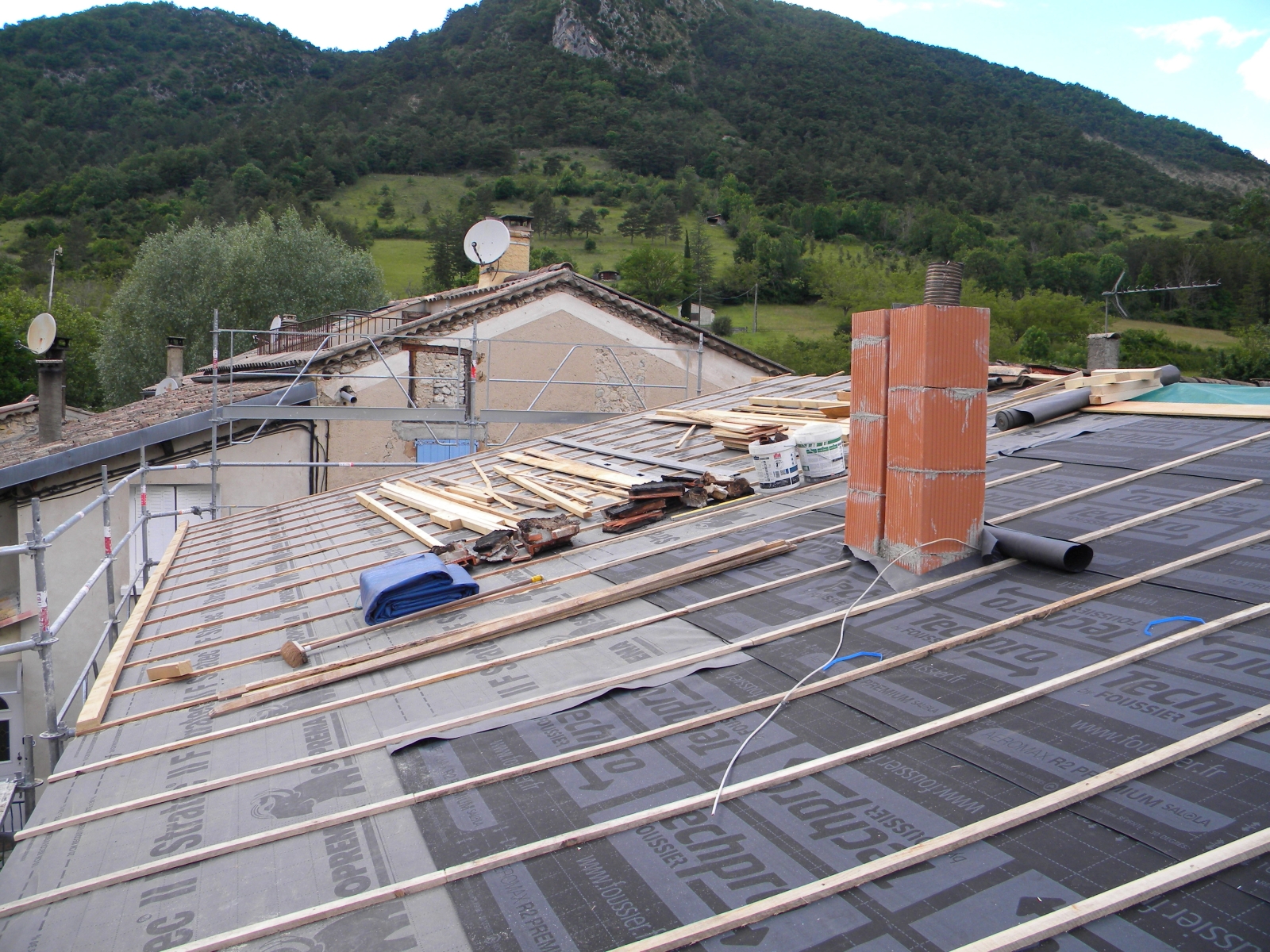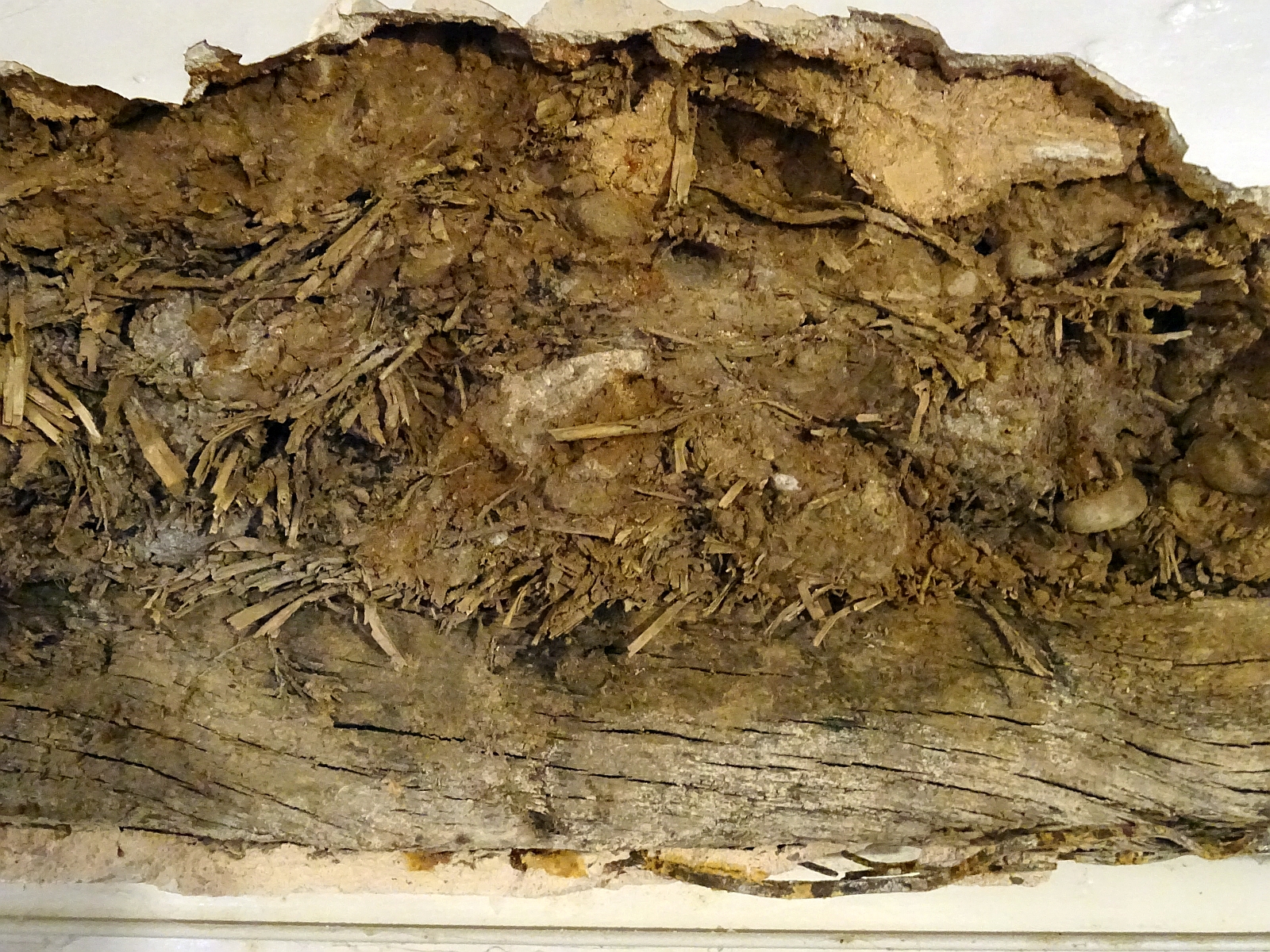'Ouses, Greenbelt and stuff
Comments
-
You did, I remember commenting that it wasn't much of a surprise to anyone involved in the process.
0 -
Took so long the applicant changed their name twice 😂
Lots of consulants are making lots of money from the red tape though. To be fair, each element will be assessed by a specialist in that area and they'll presumably just summarise their findings.
0 -
Easy work writing a report if nobody is going to read it though - "yep, no problem boss, I will have pages 275,000 to 300,000 complete by COB"!
0 -
It's a really depressing aspect of construction. Everyone wants a written report for everything and quantity always seems to be a way to justify the fee as if we're all paid by the word. You know that 50% of what you are reading has been copied over from the last one.
1985 Mercian King of Mercia - work in progress (Hah! Who am I kidding?)
Pinnacle Monzonite
Part of the anti-growth coalition0 -
I sometimes remember to change the job title (but not always!)
0 -
Only 50%?
You should be charging double 😉
0 -
Was at a farm open day today with the kids. The farmer was talking to a local woman (late 50s maybe?) about nearby building work.
"There's houses going up everywhere!" She said. "It would be good if they could leave just a bit of green."
This was the view
- Genesis Croix de Fer
- Dolan Tuono0 -
Welcome to my world. I have to try to stay professional whilst dealing with that sort of idiot.
0 -
On the housing front, mine's being re-rendered, and some of the old (impermeable) render has been taken off to reveal a multitude of sins (expected), including cob with seashells, rotting timbers and straw in, all probably 200-300 years old.
0 -
How far back do you go before it is not like loose soil?
What's the option with something like that, out of interest?
0 -
The walls are about 2ft thick, so it'll be secured in with stainless steel mesh and rendered over the top, so there's nowhere for the seashells & earth to escape to, so (hopefully) will retain enough compression resistance to keep the rest of the house up. In essence, don't remove anything which doesn't fall off by itself.
The scary bit would be if there were any evidence of shearing, which can lead to catastrophic collapse, at which point, the other option (complete rebuilding) becomes the only option.
0 -
Do hope you've spec'd lime render.🤞🏻
1985 Mercian King of Mercia - work in progress (Hah! Who am I kidding?)
Pinnacle Monzonite
Part of the anti-growth coalition0 -
So basically the same solution as the sea wall protecting the railway at Dawlish.
0 -
This. Your walls need to breathe.
0 -
It's someone who's been recommended by a good local builder who does a lot of cob work. The estimate included horse hair.
1 -
👍🏻 Any cowshit in there?
1985 Mercian King of Mercia - work in progress (Hah! Who am I kidding?)
Pinnacle Monzonite
Part of the anti-growth coalition0 -
Probably in the original cob, but not specified in the estimate, despite my road once being nicknamed Shit Alley. (They used to walk cows up it from the fields to the barn, which is now a big house.)
0 -
The team worked really hard today to remove the rest of the old render, to stabilise the crumbly cob with mesh, and to put some rough render on that to stop it washing down to the Exe. Was quite glad to see I still had a front wall when I got home from work.
0 -
Glad my house has 2ft thick stone walls, after reading this.
0 -
When my parents were doing up the house I grew up in - former farmhouse built of crumbly sandstone rubble - the window lintels needed replacing. When the old ones were removed, the wall above collapsed leaving a vertical slot up to the eaves. It all went back together again, but even quite thick stone walls can be surprisingly delicate.
1985 Mercian King of Mercia - work in progress (Hah! Who am I kidding?)
Pinnacle Monzonite
Part of the anti-growth coalition0 -
I'd have thought that was a natural consequence of removing lintels? 🤔
The above may be fact, or fiction, I may be serious, I may be jesting.
I am not sure. You have no chance.Veronese68 wrote:PB is the most sensible person on here.1 -
Yeah, going to ask my experienced local builder to check the door lintel & downstairs window - both have nice brick arches above on the outside, but might be an idea to support both openings while the old frames are removed and until the new door & window are installed.
1 -
We lived in a Farm house built in 1670 built of Lincolnshire limestone. Which is just a grade or two above chalk. When we took the plaster off the wall in one room,you could see daylight through the stone however it wasn’t really clear what was stone and what was basically mud. Fortunately we had a couple of plasterers who working for a colleague of Mrs W who were usually employed renovating medieval buildings in York.
0 -
The art seems to be to be as gentle as possible with what you've got and to stabilise and preserve with judicious new material where needed... if you start removing stuff unnecessarily just because it's not like modern materials or pristine, you won't have much left.
0 -
Meanwhile, in France, I've even got a new chimney to go with the new roof...
1 -
Looks like you currently have one house spread over 2 locations Brian
0 -
Last crumbly photo, inside my (soon to be replaced) front door. 200-year-old straw and pre-building regs lintel.
0 -
The French one is decidedly less crumbly, having 2ft-thick walls in good limestone (good enough for the Romans to have used locally). Trying to drill holes in it is a lottery, depending on whether one finds a stone that would withstand a nuclear explosion or not.
0 -
Up to a point. Some temporary propping would normally hold things in place while you swap over the old and new lintels. It turned out the masonry was just an outer layer with the core of the wall was just loose stone and earth. Not so much built as piled. Still, it's been up for about 400 years.
1985 Mercian King of Mercia - work in progress (Hah! Who am I kidding?)
Pinnacle Monzonite
Part of the anti-growth coalition0 -
Was up for about 400 years, 😉
Thanks for the info. I assumed some propping would be required but not sure how you'd do that without introducing high load points and unsupported sections.
The above may be fact, or fiction, I may be serious, I may be jesting.
I am not sure. You have no chance.Veronese68 wrote:PB is the most sensible person on here.0





